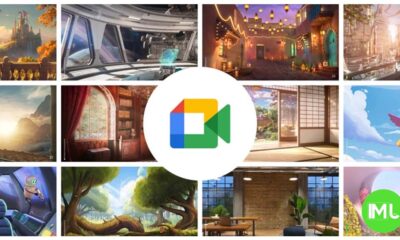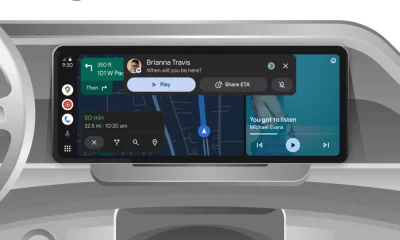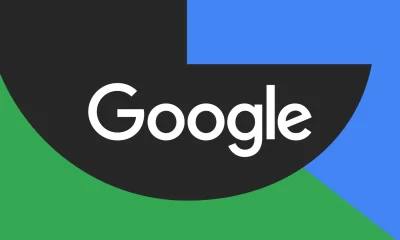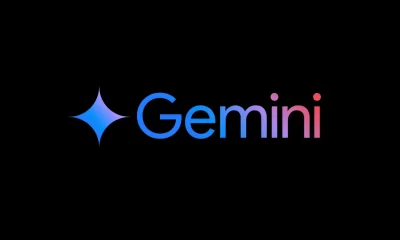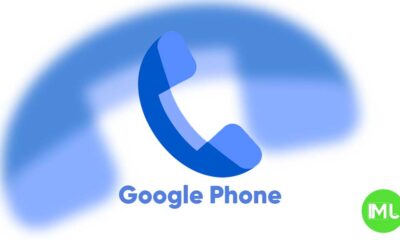Android 16 Developer Preview Released: New features and early access timeline
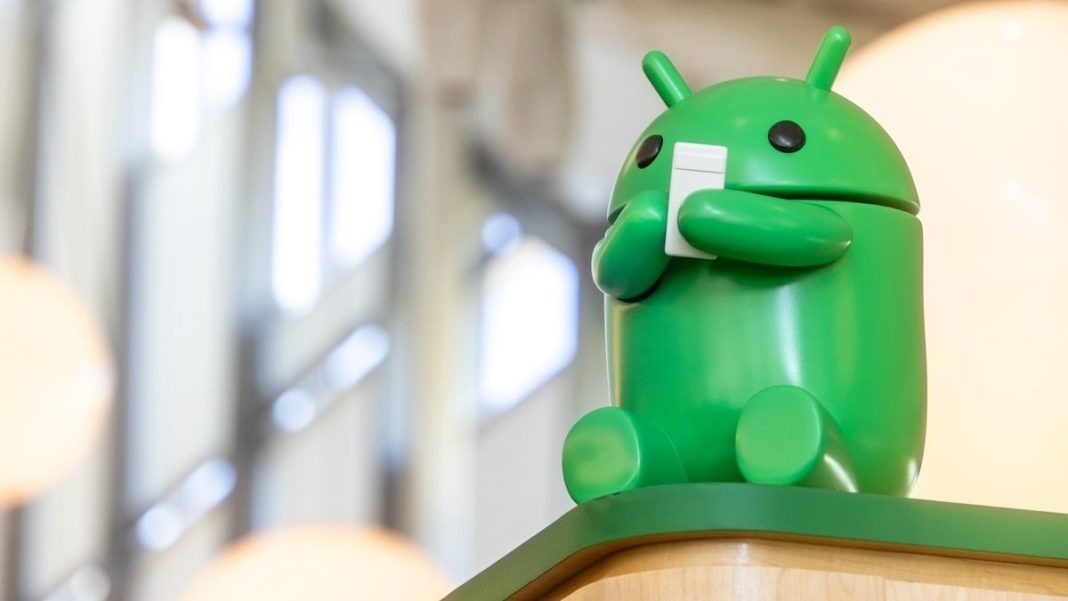
Google has surprised developers by releasing the first preview of Android 16 earlier than expected. Traditionally launched around February or March, this marks a significant shift in Android’s development timeline. Here’s everything you need to know about this update.
Why the Early Release?
Google aims to better synchronize Android’s release cycle with the launch schedules of manufacturers across the ecosystem. This change ensures that major Android updates reach more devices sooner. The stable release for Android 16 is set for Q2 2024 (April–June), followed by a smaller update, likely Android 16.1, in Q4 2024.
Key Features in the Developer Preview
- Enhanced Photo Picker Integration: New APIs allow developers to make photo pickers feel native to apps, ensuring smoother user experiences.
- Health Record APIs: These APIs enable apps to securely manage medical data in the FHIR format with explicit user consent.
- Updated Privacy Sandbox: Privacy-focused enhancements aim to give users more control over their data.
- Customizable Quick Settings: Users can now resize Quick Settings tiles, select configurations (1×1 or 2×1), and organize toggles into labeled categories such as Accessibility and Connectivity.
- Priority Modes: Android introduces multiple Do Not Disturb profiles, customizable for work, gaming, sleep, and more.
- Floating Bubbles for Any App: A new multitasking feature allows any app to be displayed in a floating bubble for seamless interaction.
- Compact Notifications: Full-screen interruptions are now replaced with smaller heads-up notifications, ideal for gaming and video playback.
- Partial Screen Recording Enhancements: Users can now switch between apps during screen recording without starting a new session.
Developer Preview and Beta Timeline
- November 2023: First developer preview.
- December 2023: Second preview release.
- January–April 2024: Beta releases, starting with Beta 1 in January. Beta 3 in March will bring “platform stability,” including finalized APIs and system behaviors.
- Q2 2024: Stable release expected.
How to Access the Previews
The developer previews are primarily for app developers to test compatibility and explore new features. General users can enroll their Pixel devices in the Android Beta Program starting with the first beta release in January.
Why It Matters
These updates reflect Google’s focus on both developer tools and user-centric enhancements. By refining the release cycle, Google is bridging the gap between Android’s software capabilities and the hardware manufacturers that deploy it.
This accelerated timeline, coupled with new features, ensures Android remains competitive while providing developers with more time to optimize apps for new versions. For more information and enrollment instructions, visit the Android Developers site or the Android Beta Program page.
Google Meet gets a fresh new look with Material 3 design

Google Meet is getting a big update to its look, thanks to the new Material 3 design. This change brings a cleaner and more modern style to the video calling app, making it easier and more enjoyable to use.
With Material 3, Google Meet now has rounder buttons, softer colors, and better spacing between elements. The main controls, like the microphone, camera, and end call buttons, are now larger and easier to tap. The icons and text are also clearer, which helps users find what they need quickly during a call.
Another improvement is the new “expressive” color system. This feature lets the app’s colors match your device’s wallpaper or theme, giving each user a unique and personalized experience. The changes also make Google Meet more accessible, as the new design is easier to read and use for everyone, including people with vision difficulties.
These updates are rolling out to both web and mobile versions of Google Meet. Google says the new look will help people feel more comfortable and focused during their meetings. Overall, the Material 3 update makes Google Meet not only look better but also work better for all its users.
Android
Easy ways to change Android Auto’s look with light and dark themes
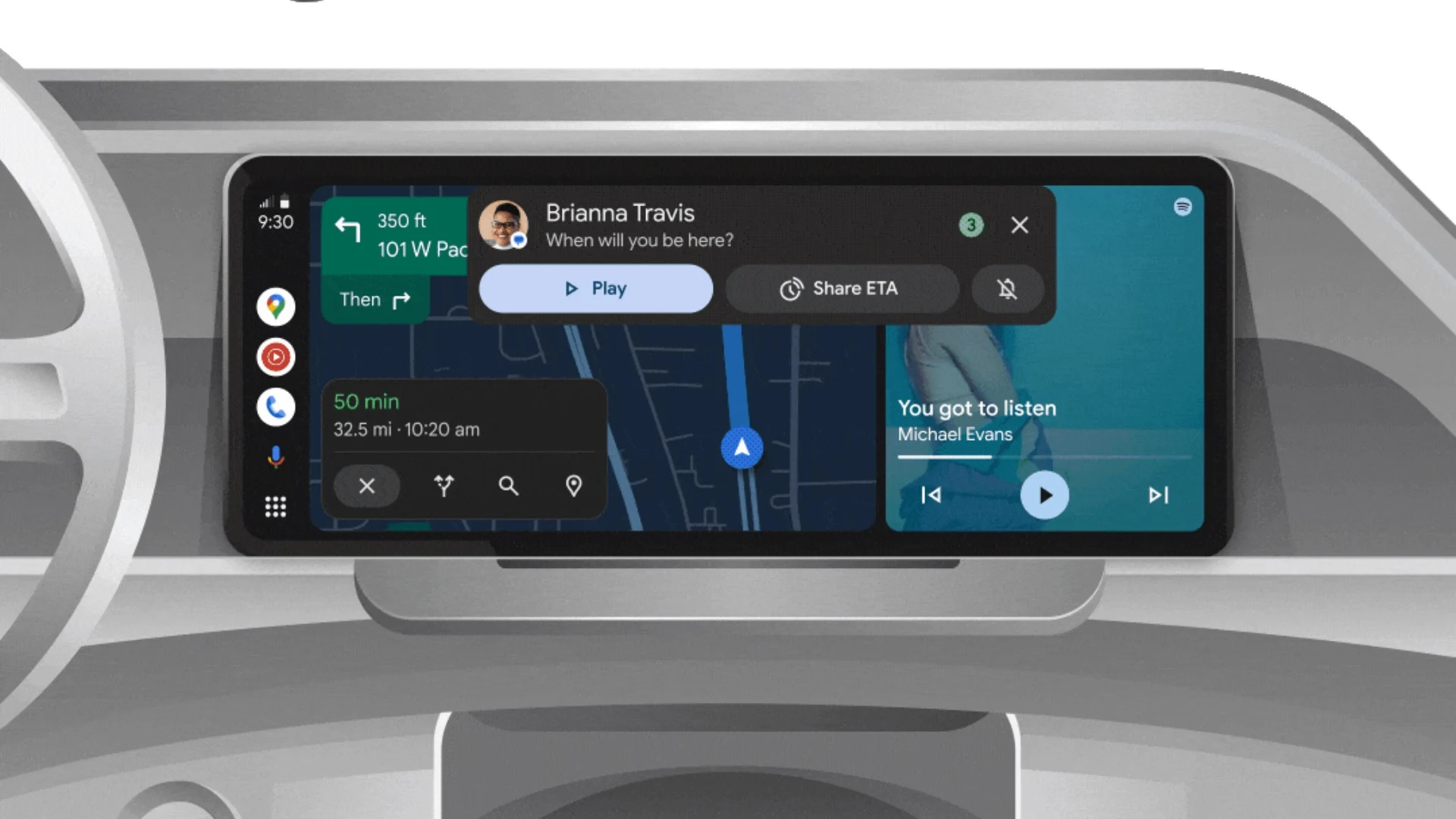
Android Auto is a helpful tool that lets you use your phone’s apps safely while driving. It connects your phone to your car’s screen, making it easier to use maps, music, and calls. One of the features many people like is the ability to change how Android Auto looks by switching between light and dark themes.
How to switch between light and dark themes
Android Auto offers two main themes: light and dark. The light theme uses brighter colors, which can make the screen easier to see during the day. The dark theme uses darker colors, which can be more comfortable for your eyes at night or in low light.
To change the theme, follow these steps:
- Open the Android Auto app on your phone.
- Go to the settings menu.
- Find the “Theme” option.
- Choose between “Light,” “Dark,” or “Set by car” (this lets your car decide the theme based on the time of day or your car’s settings).
Why themes matter
Using the right theme can make driving safer and more comfortable. The light theme is good for bright days, while the dark theme helps reduce glare at night. Having these options means you can pick what works best for you, making Android Auto easier to use in any condition.
In short, Android Auto’s theme options are simple to use and help you drive more safely by making the screen easy to see, no matter the time of day.
Google Drive and Files by Google get fresh updates for easier use
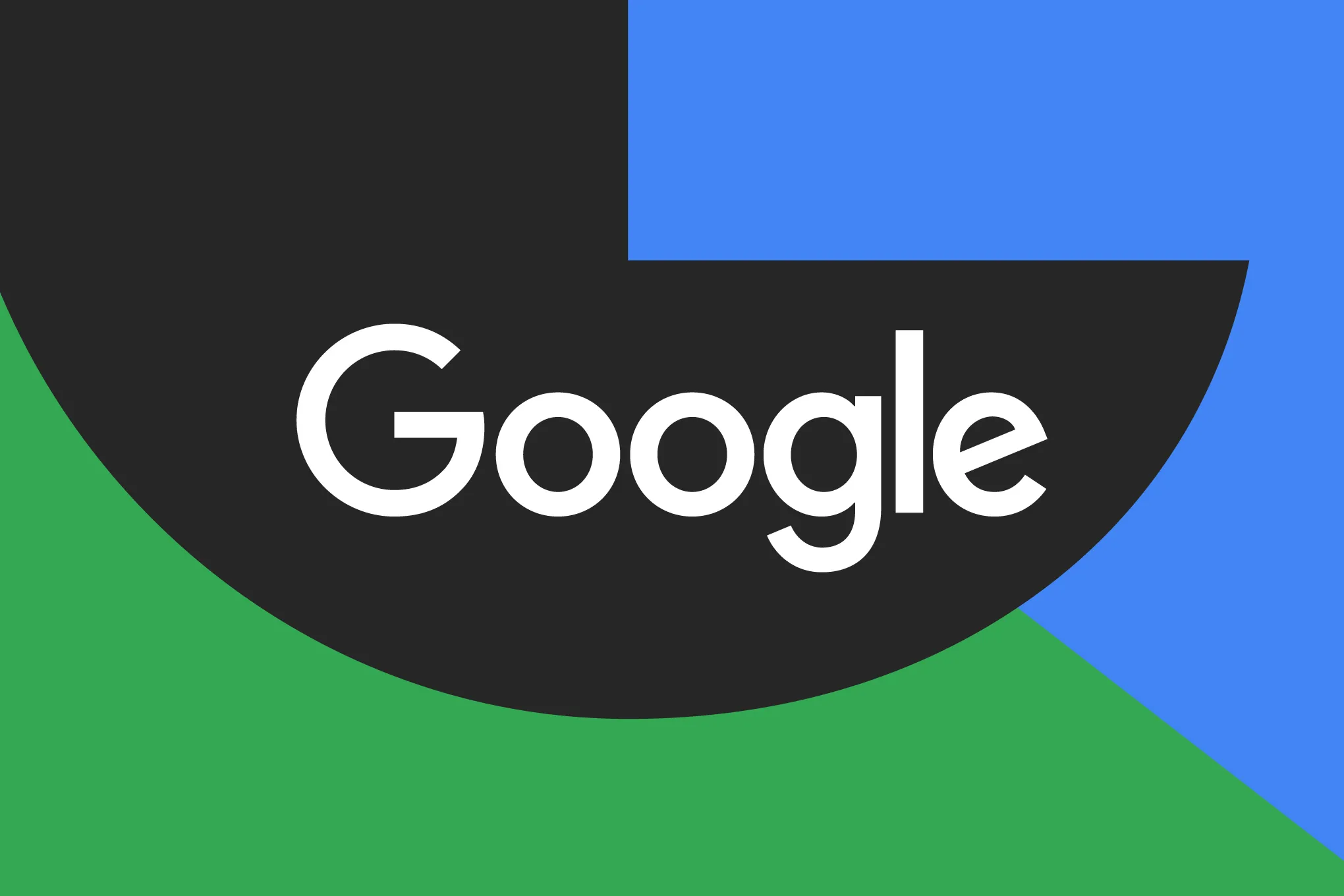
Google is rolling out some helpful updates to two of its popular apps: Google Drive and Files by Google. These changes are designed to make managing your files and watching videos much smoother.
First, Google Drive is getting a new video player. Now, when you upload a video to Drive and open it, you’ll notice a fresh look that matches Google’s latest design style. The controls, like play and pause, are easier to use and look cleaner. This update makes it simpler to watch videos directly in Drive without needing to download them first.
Meanwhile, the Files by Google app is also getting a makeover. The app is adopting Google’s Material 3 design, which means it looks brighter and more modern. The buttons and menus are easier to see and use, making it simpler to find, move, and organize your files. There are also new color options and improved icons, so everything feels more user-friendly.
Both updates show Google’s commitment to making its apps more helpful and enjoyable to use. Whether you’re watching videos in Drive or sorting files on your phone, these changes aim to save you time and make things less complicated. If you use these apps, keep an eye out for these new features—they should arrive soon!
-
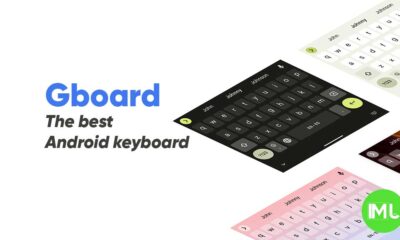
 Apps1 year ago
Apps1 year agoGboard Proofread feature will support selected text
-
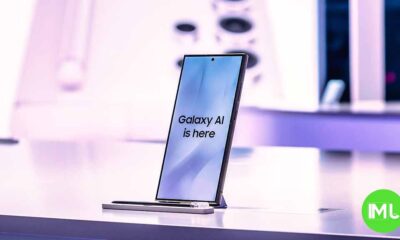
 News1 year ago
News1 year agoSamsung USA crafting One UI 6.1.1
-
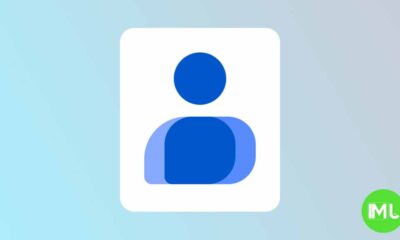
 Apps1 year ago
Apps1 year agoGoogle Contacts app testing new Besties Widget
-
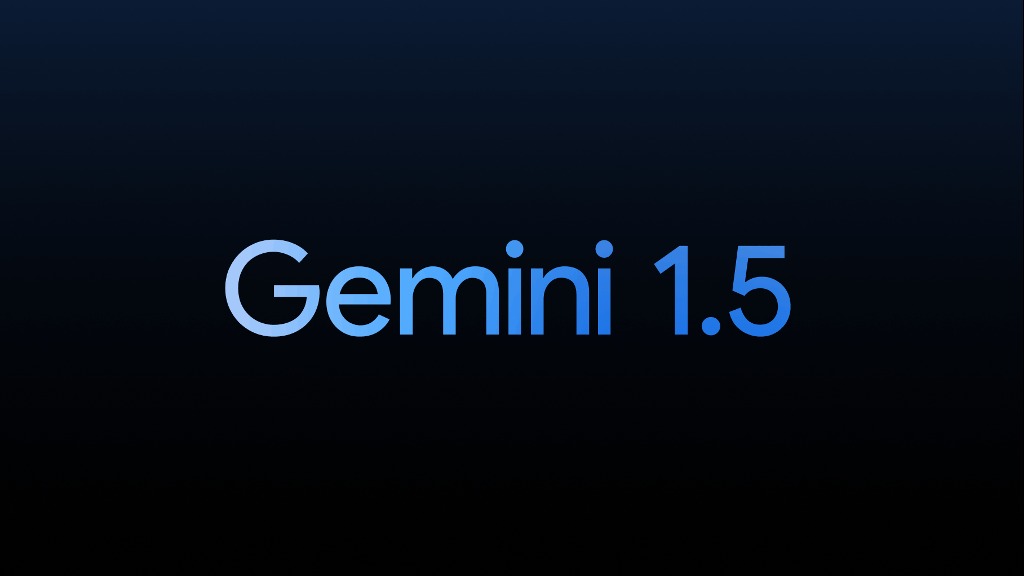
 AI12 months ago
AI12 months agoGoogle Pixel 9 Pro may come with a complimentary one-year Gemini Advanced subscription
-
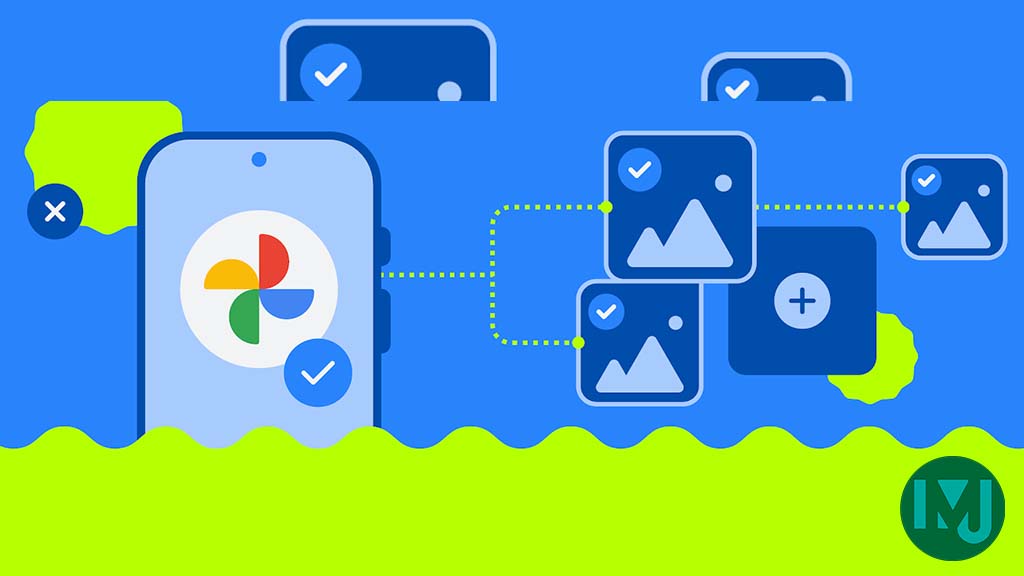
 Apps12 months ago
Apps12 months agoGoogle working on a new video editing feature for its Photo app
-
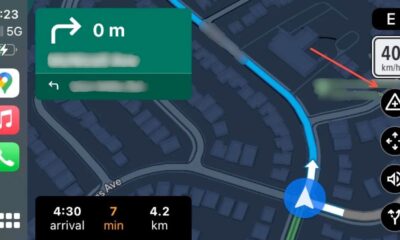
 Apps12 months ago
Apps12 months agoGoogle Maps lets you report traffic jams and accidents on Apple CarPlay, but not on Android Auto
-

 News1 year ago
News1 year agoBreaking: Samsung Galaxy S22 may get Galaxy AI features
-
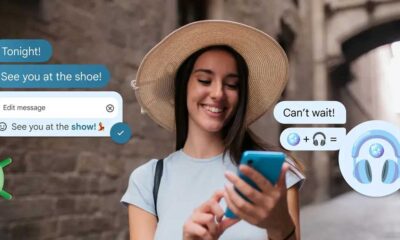
 Apps1 year ago
Apps1 year agoGoogle Messages app will transform MMS chats into RCS

